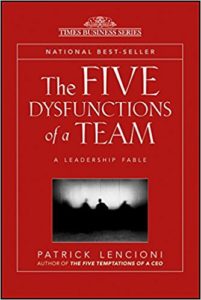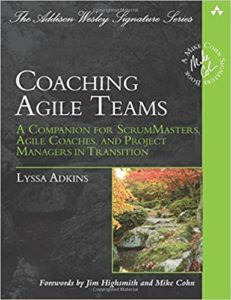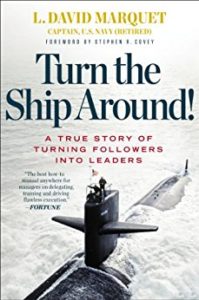 Being great ScrumMaster is a journey, where you have to learn a lot about Agile, Scrum, coaching, facilitation, change, business agility, technical practices, leadership… But all over it all starts with having the agile mindset. This time, I’m not focusing on who you need to be, but quite opposite what you should avoid, as one of the very common questions at the classes is what are the most common mistakes of ScrumMaster. So here is the list:
Being great ScrumMaster is a journey, where you have to learn a lot about Agile, Scrum, coaching, facilitation, change, business agility, technical practices, leadership… But all over it all starts with having the agile mindset. This time, I’m not focusing on who you need to be, but quite opposite what you should avoid, as one of the very common questions at the classes is what are the most common mistakes of ScrumMaster. So here is the list:
Being a Team Assistant
Taking care of the team, solve issues (impediments) for them, plan meetings… It’s easy to get there as it seems to be helpful. But only in the short term. Long-term, it will create unconfident people who rely on ScrumMaster and never take over responsibility and ownership. Instead, you shall show them they can solve most of their problems by themselves, and be a good coach, facilitator and servant leader.
Share ScrumMaster Role with Another Role
Such ScrumMasters have usually lack of focus. They don’t spend enough time observing, finding better ways for the team to become great, and are happy and done with the role once everything is ok. Instead of sharing ScrumMaster role with another role, have ScrumMaster full time, let them focus on how they can become great ScrumMasters and truly master the agility so it will help the entire organization. Give them space to invest more time to the other levels of the #ScrumMasterWay concept.
Team Only Focus
Speaking about #ScrumMasterWay concept, many ScrumMasters believe that their only role is to support their development team to be great. I mean this is fine, but it’s just a tiny part on the ScrumMaster journey. It’s like a kindergarten. You need to experience it. That’s where you learn and practice all State of Mind approaches, that’s where you get confidence in yourself as a leader and change agent. But even if you are super successful, it’s only changing at the team level. You need to go broader and follow the other steps of the #ScrumMasterWay model and change the entire organization into an agile organization.
Technical Expert
Being a technical expert is dangerous for ScrumMasters. They feel a strong need to advise people on what to do. If you know a better solution, it’s just easier to tell them, then help them to figure it out. Instead, ScrumMaster shall trust the team they are the experts and coach them so they become better.
Manage Meetings
ScrumMaster is neither manager of the Scrum meetings, nor responsible for scheduling them. Instead, ScrumMaster shall be a facilitator, who takes care about the form of the conversation, not the content.
Don’t Believe in Scrum
How many times you’ve seen ScrumMaster who is doubting about the core Scrum so much that no one is following them? You need to be sure it works, need to believe in it, need to be the biggest Agile enthusiast all around. Otherwise, you can’t make the others to follow.
Apply ‘Fake Scrum’
Sometimes ScrumMasters take Scrum as just a process, don’t search for deeper understanding. Just do it (Daily Scrum, backlog, ScrumMaster role, …) as Scrum says so. They don’t have the right mindset. Agile and Scrum is not about practices, it’s a different way of thinking. It’s about “being” not “doing”.
Waiting for Someone Else to Start the Change
ScrumMasters often wait for someone else to initiate a change. They are reluctant to take over responsibility and ownership and the organization is not moving anywhere. Instead of waiting forever, ScrumMaster shall be a change agent, responsible for the entire organization Agile journey.
Scrum and Agile Expert
It’s enough to understand Agile and Scrum. Which is simple so we are done. Being ScrumMaster is a journey, and you can never stop learning. Even if you feel you know Agile and Scrum, there is always something new. And there are those other domains you need to master: coaching, facilitation, change, business agility, team dynamics, technical practices, leadership, … The learning is never ending.
We Are Great Team, We Are Done.
Often ScrumMasters let their team believe they can be done. The team is good, we finished our Agile transformation. Don’t bother us with new ideas. We know how to work. We are self-organized. You can never be done in a complex environment. There is always a better way. So instead of this false believe, ScrumMasters shall coach the team so they see other opportunities to inspect and adapt.






